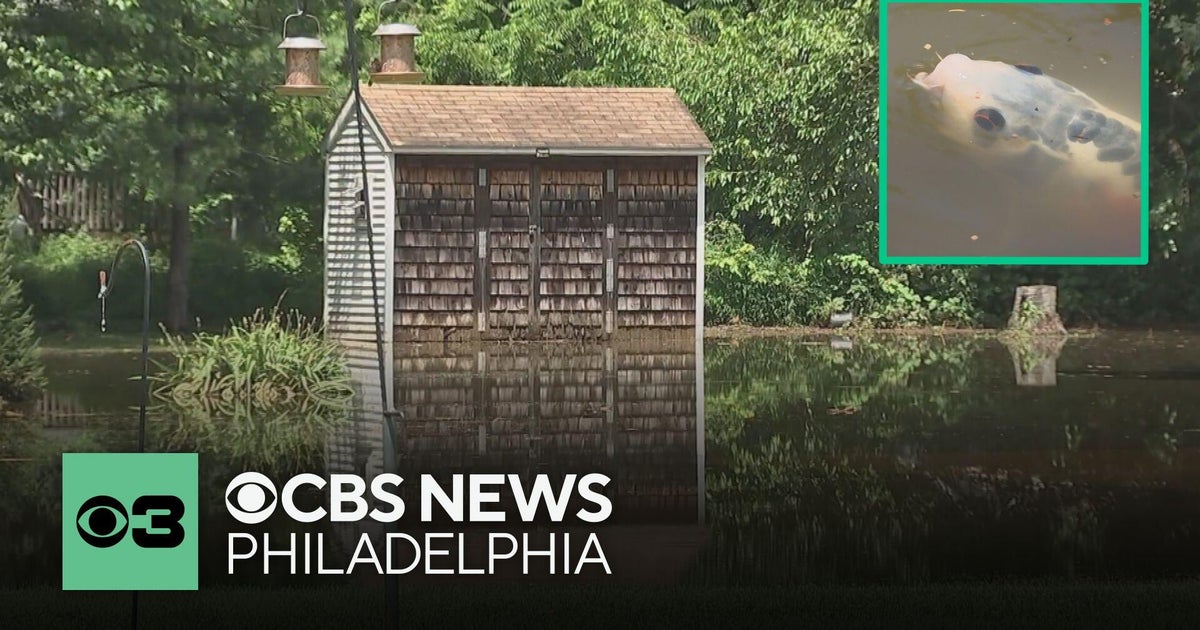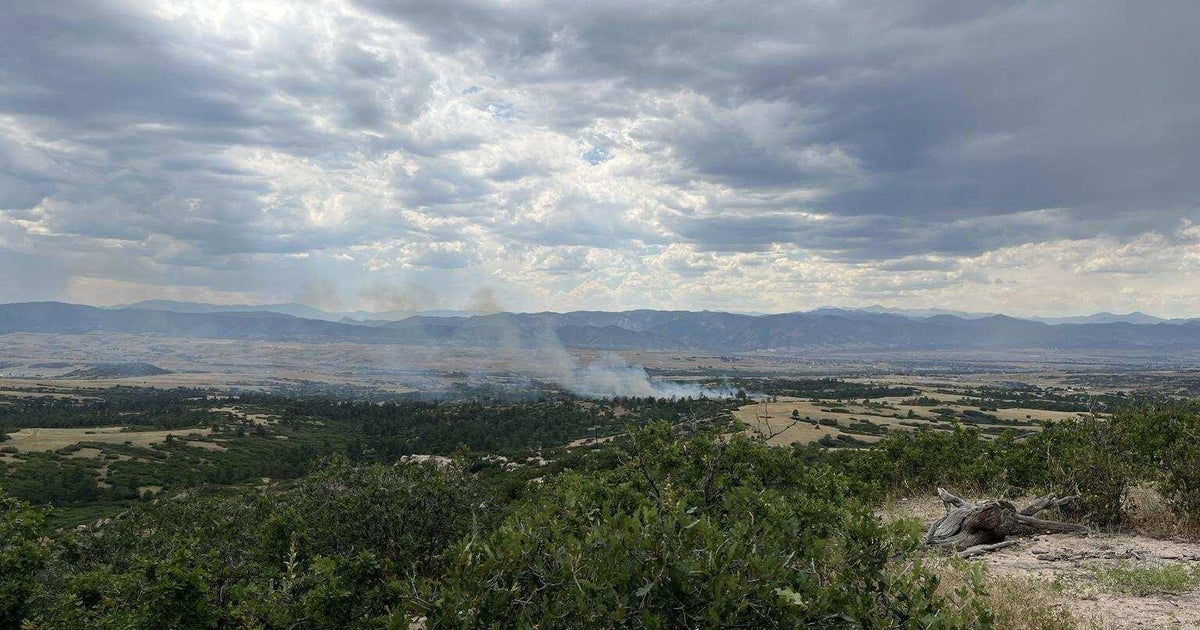Flash Floods Disrupt New York, New Jersey, and Pennsylvania: State of Emergency Declared Amid Heavy Rain and Travel Chaos
Tuesday, July 15, 2025

On the night of Monday, heavy rain swept across the northeastern United States, causing flash flooding in parts of New York, New Jersey, and Pennsylvania. The deluge stranded vehicles, closed subway lines, and led to the declaration of a state of emergency in New Jersey. The extreme weather events disrupted travel and daily life, bringing attention to the vulnerability of infrastructure during such intense storms.
As the rainfall moved out of the region, flash flood warnings and watches expired, but the damage had already been done. Streets and roads remained flooded in several areas as of Tuesday morning, leaving many travelers stranded and forcing authorities to issue advisories to stay indoors. This widespread weather event underscored the challenges cities face when dealing with extreme weather conditions and the importance of effective planning and response measures.
The governor of New Jersey, Phil Murphy, declared a state of emergency following the heavy rainfall and flash flooding. The declaration was a response to the significant disruption caused by the storm, with flash floods inundating roads and stranding vehicles in several parts of the state. Emergency services were overwhelmed with rescue operations, and residents were urged to avoid all non-essential travel. This recommendation was echoed by local authorities, who emphasized the importance of staying indoors for safety.
In Scotch Plains, a major roadway was brought to a standstill by floodwaters, trapping buses and other vehicles. A video shared on social media highlighted the extent of the traffic gridlock, with floodwaters rising high enough to impede movement. It is clear that the flooding not only affected daily commuters but also posed a serious challenge to the emergency response efforts.
The storm’s impact was not confined to the streets. In North Plainfield, New Jersey, a house caught on fire and collapsed after a possible explosion. The family inside had managed to evacuate just in time, and fortunately, no injuries were reported. The fire and subsequent collapse serve as a stark reminder of the unpredictable nature of flash floods, where damage can escalate quickly.
In addition to property damage, the floodwaters presented significant challenges to public services, particularly in New York City. Subway service in parts of the city was temporarily suspended due to flooding, and several lines were running with severe delays. Passengers inside the subway trains found themselves trapped in rising waters, with some resorting to standing on train seats to avoid the water as it flooded the platforms. A video circulated on social media showing water cascading into a subway station, offering a disturbing glimpse into the chaos unfolding beneath the city.
The heavy rain not only affected public transportation but also led to road closures throughout New York. Major routes, including the northbound lanes of the Saw Mill River Parkway and the Cross Bronx Expressway, were temporarily closed due to flooding and downed trees. These closures led to significant travel disruptions, further complicating the situation for commuters trying to navigate the region’s already congested road network.
In Westchester County, New York, emergency responders were actively involved in rescuing individuals whose vehicles had become submerged in water. This effort underscored the severity of the flooding and the risks posed to residents and travelers in the affected areas. Carolyn Fortino, a spokesperson for the county executive, advised residents to avoid travel unless necessary, particularly in areas experiencing active flooding or those under evacuation orders.
Staten Island was also heavily impacted by the storm, receiving around 4 to 6 inches (10.2 to 15.2 cm) of rain, which led to further flood warnings. The flooding in Staten Island, compounded by the already saturated conditions, prompted local authorities to issue advisories for residents to stay alert and avoid areas at risk of further flooding.
Meanwhile, in Mount Joy, Pennsylvania, the situation was even more dire. The local fire department reported that more than 7 inches (17.8 cm) of rain had fallen in under five hours, leading to severe flooding throughout the area. Some homes experienced up to 5 feet (1.5 meters) of water, and emergency responders conducted 16 water rescues. Fortunately, no injuries were reported, but the situation underscored the seriousness of the storm’s impact on residential areas. The emergency declaration in Mount Joy enabled local officials to access additional resources to aid recovery efforts and provide support to affected residents.
By Monday evening, the rain had begun to subside, and water levels in Mount Joy started to recede, offering some relief to residents who had endured the worst of the flooding. However, the damage had already been done, and recovery efforts were likely to continue for several days.
Further south, in Metuchen, New Jersey, the situation appeared to be somewhat less severe, with the mayor reporting significant flooding in the borough. However, by Monday evening, water levels had already receded, and the area was beginning to return to normal. This quick recovery in Metuchen stands in contrast to the prolonged impacts faced by other regions, highlighting the variability in how different areas were affected by the same storm.
As the storm passed and conditions began to improve, travel advisories were lifted in many parts of New Jersey, New York, and Pennsylvania, but the residual impact on local infrastructure remained. Visitors and travelers planning to visit the region in the coming days are advised to stay informed about local conditions, as the recovery from such extreme weather can take time. Travelers should be prepared for potential delays in public transport, road closures, and other disruptions to their travel plans.
For those visiting areas affected by the flood, it is essential to heed local advisories and avoid areas prone to flooding or subject to evacuation orders. Additionally, travelers should exercise caution when navigating flooded streets and be prepared for the possibility of detours or disruptions in their usual routes. While the worst of the storm has passed, the risk of flash floods and residual water damage remains a concern for some parts of the region.
The heavy rains that affected parts of the northeastern United States served as a stark reminder of the power and unpredictability of nature. Flash flooding, caused by rapid and intense rainfall, can quickly overwhelm infrastructure and disrupt daily life, causing significant damage to homes, vehicles, and public services. The storm also highlighted the challenges that cities and regions face in managing extreme weather events and maintaining essential services during such disruptions.
While the storm has passed, the recovery process will take time, and travelers planning to visit the affected areas should remain cautious and flexible in their plans. For residents, the recovery efforts are already underway, but it may take weeks to fully assess the extent of the damage and restore normalcy to impacted areas. In the meantime, travelers are urged to monitor local advisories, stay safe, and be prepared for the potential challenges that can arise when traveling in regions affected by extreme weather events.
You may also like...
Diddy's Legal Troubles & Racketeering Trial

Music mogul Sean 'Diddy' Combs was acquitted of sex trafficking and racketeering charges but convicted on transportation...
Thomas Partey Faces Rape & Sexual Assault Charges

Former Arsenal midfielder Thomas Partey has been formally charged with multiple counts of rape and sexual assault by UK ...
Nigeria Universities Changes Admission Policies

JAMB has clarified its admission policies, rectifying a student's status, reiterating the necessity of its Central Admis...
Ghana's Economic Reforms & Gold Sector Initiatives

Ghana is undertaking a comprehensive economic overhaul with President John Dramani Mahama's 24-Hour Economy and Accelera...
WAFCON 2024 African Women's Football Tournament

The 2024 Women's Africa Cup of Nations opened with thrilling matches, seeing Nigeria's Super Falcons secure a dominant 3...
Emergence & Dynamics of Nigeria's ADC Coalition

A new opposition coalition, led by the African Democratic Congress (ADC), is emerging to challenge President Bola Ahmed ...
Demise of Olubadan of Ibadanland
Oba Owolabi Olakulehin, the 43rd Olubadan of Ibadanland, has died at 90, concluding a life of distinguished service in t...
Death of Nigerian Goalkeeping Legend Peter Rufai

Nigerian football mourns the death of legendary Super Eagles goalkeeper Peter Rufai, who passed away at 61. Known as 'Do...





